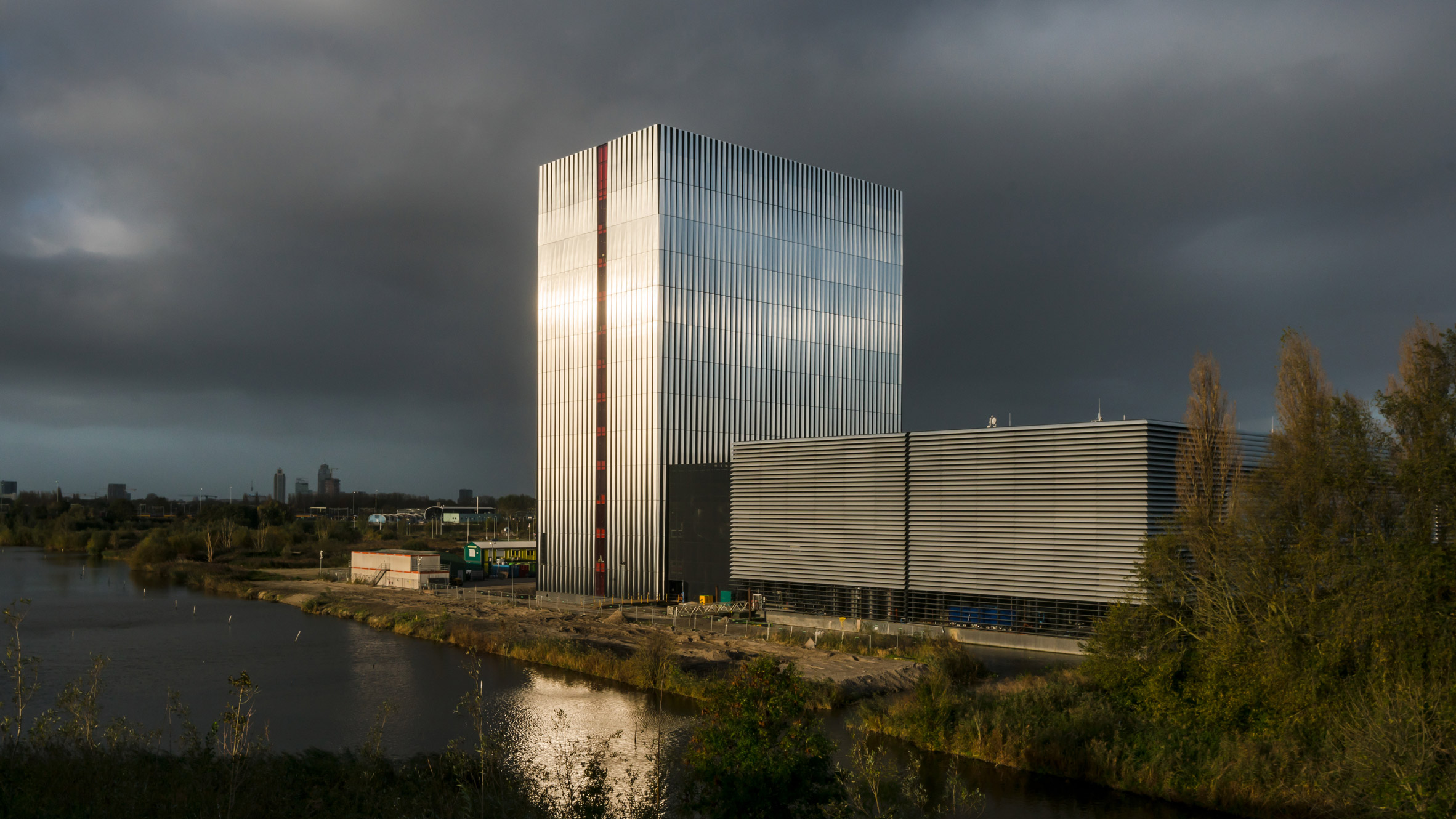In the age of data-driven decision-making and the relentless growth of digital information, data centers have become the backbone of modern business operations. These complex infrastructures house the servers, storage, and networking equipment that enable organizations to store, process, and transmit vast amounts of data. To design and manage these critical facilities, architects play an indispensable role in modern data center architecture projects.
- Understanding Modern Data Center Architecture
Modern data centers are far more than just rooms filled with servers. They are highly intricate ecosystems with various components, including cooling systems, power distribution, redundancy mechanisms, and security measures. Architects are essential in creating a blueprint that ensures all these elements work harmoniously together.
- Designing for Efficiency and Sustainability
One of the primary goals of modern data center architecture is to optimize energy efficiency. Architects must design layouts that minimize heat generation and enable effective cooling solutions. They also need to consider sustainable practices, such as utilizing renewable energy sources and employing energy-efficient materials, to reduce the carbon footprint of data centers.
- Scalability and Flexibility
Data centers must be designed with scalability in mind. As businesses grow, so does their data storage and processing needs. Architects must create spaces that allow for easy expansion, whether by adding new server racks or integrating modular components. This flexibility ensures that data centers can adapt to changing requirements over time.
- Security and Redundancy
In an era where data breaches and downtime can have severe consequences, security and redundancy are paramount. Architects must design data center architectures that incorporate robust security measures, including physical security, fire suppression systems, and advanced cybersecurity protocols. Redundancy, such as backup power sources and failover systems, is crucial to ensure uninterrupted operation.
- Optimizing Space and Layout
Space optimization is a critical consideration in data center architecture. Architects must design layouts that maximize the use of available space while allowing for efficient airflow and maintenance access. Proper cable management and rack organization are also vital to prevent clutter and ensure ease of maintenance.
- Compliance and Regulations
Data centers must adhere to various regulations and standards, depending on their location and the industries they serve. Architects need to stay updated on these regulations and design architectures that ensure compliance. This includes considerations for data privacy, environmental regulations, and safety standards.
In the digital age, data centers are the lifeblood of businesses and organizations across the globe. In this regard, Stendel + Reich data center architecture projects are the best examples of careful planning, expertise, and collaboration.


